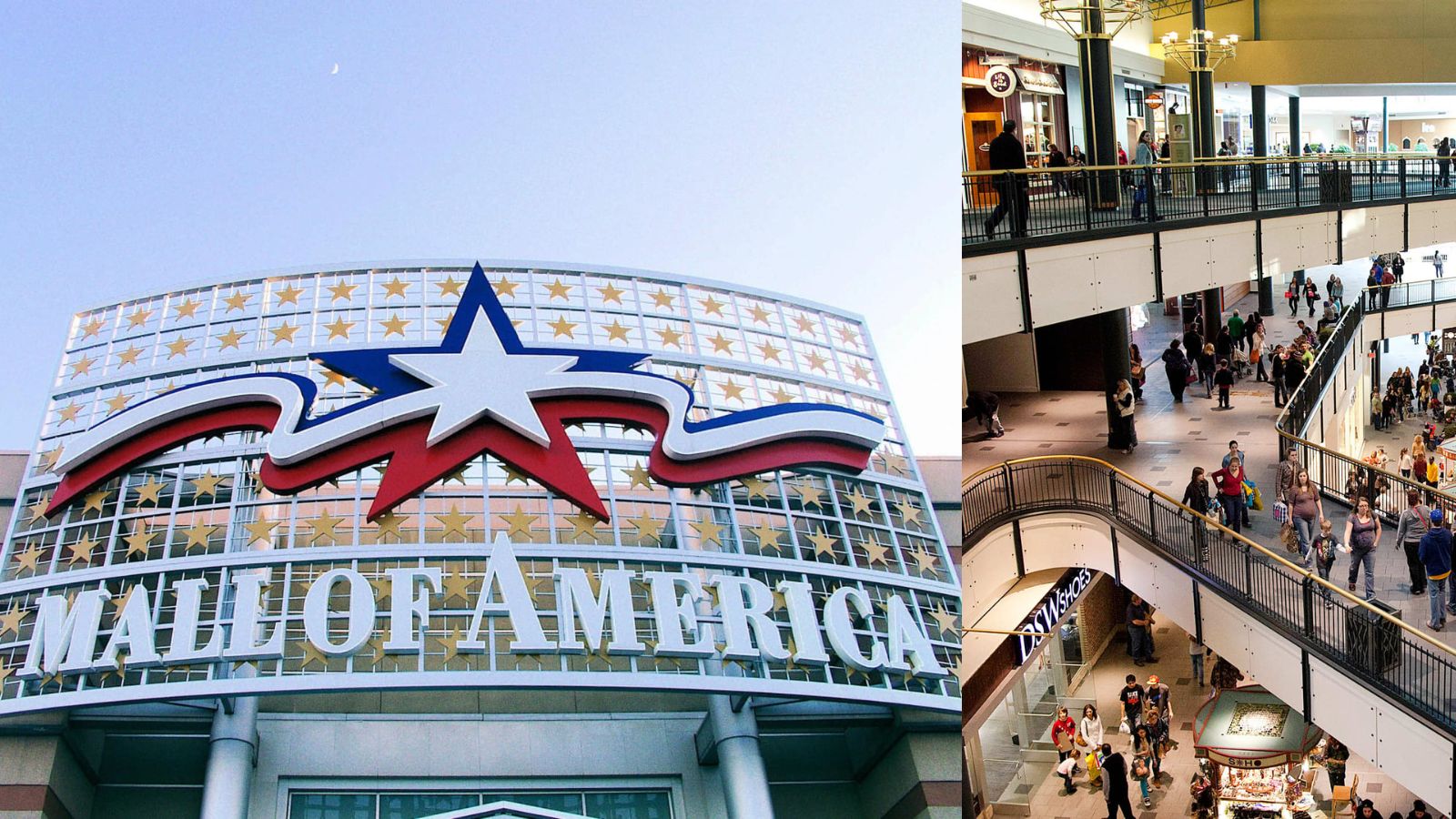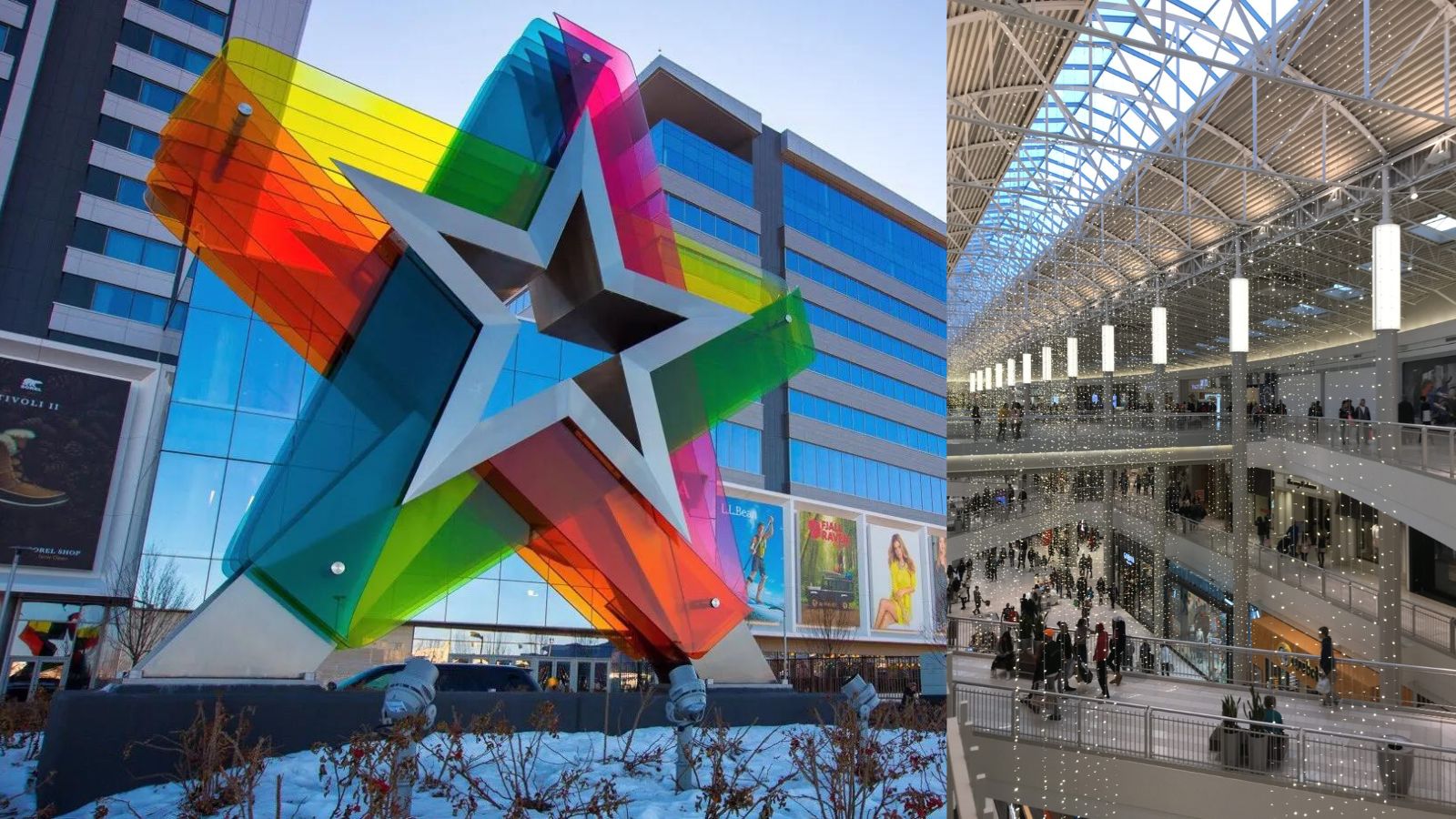As reported on Sunday (June 9), retail landlords are currently experiencing a surge in demand for spaces.
With a decline in construction and the exit of underperforming stores, landlords have started to attract tenants that can draw more foot traffic and encourage longer visits — such as restaurants and recreational activities like pickleball. This shift has resulted in less available space for traditional retailers like book or clothing stores.
One shopping center capitalizing on this trend is the largest one in North America, Mall of America. Last month, it announced plans to open an on-site, game-show-style amusement center called Great Big Game Show.
Here, shoppers can participate in games similar to those seen on TV, including races, trivia competitions, and other challenges, complete with traditional game show elements like buzzers and a live host.

“By offering on-site experiences, malls can keep consumers coming back, giving them a reason to visit physical mall locations, which in turn can help drive foot traffic to all retailers in the mall. Plus, experiential offerings encourage shoppers to spend more time on site,”.
“When visitors engage in activities such as dining at themed restaurants, attending events, or participating in other activities, they are likely to stay longer and consequently may spend more at other retail stores.”
Due to this shift, “there’s not as much redundancy from tenants, and landlords are creating much more robust tenant mixes,” Barrie Scardina, president of Americas retail services, agency leasing, and alliances for Cushman & Wakefield, told.

“We are seeing some of the most productive occupancy recorded in the last 10 years.”
Her firm recently reported that shopping center vacancy rates are at their lowest in two decades, currently at 5.4 percent, giving landlords a significant advantage in lease negotiations.
Meanwhile, this indicates that smaller retailers relying solely on brick-and-mortar traffic face a higher risk of closing compared to those depending on eCommerce or employing an omnichannel strategy.
The study, “Main Street SMBs’ Revenues Grow Faster than GDP,” found that 9% of firms primarily selling in physical stores were at risk of closing, compared to 7% of those relying on eCommerce and less than 5% of businesses with a roughly even split between digital and brick-and-mortar channels.







Leave a Reply